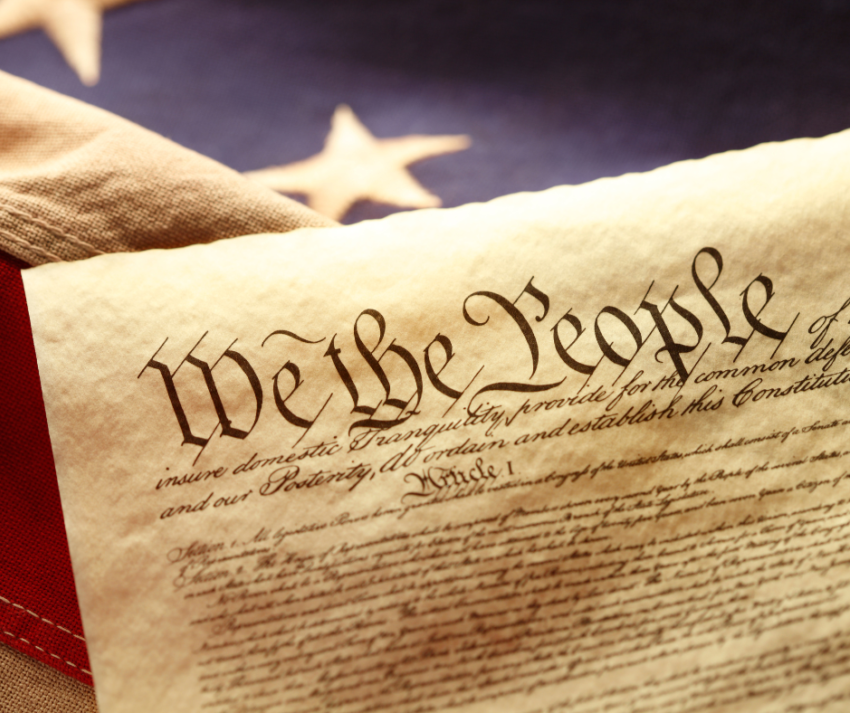We the People …
These three words are as powerful today as they were 250 years ago.
On July 4, 1776, members of the Second Continental Congress met in the Pennsylvania State House, later renamed Independence Hall, to sign their names to the Declaration of Independence. Four days later, a crowd gathered in the State House yard to hear the sheriff of Philadelphia read the declaration. Then the State House bell, later rechristened the Liberty Bell, rang out an alarm and proclamation.
Later that same month, deliberation began on the Pennsylvania Constitution under the leadership of Benjamin Franklin. Of the six colonies that passed constitutions in 1776 (Virginia, New Jersey, Delaware, Pennsylvania, Maryland, and North Carolina), Pennsylvania’s was the most radical. It eliminated a property requirement for voters and elected officials alike. Pennsylvania’s was the first of any constitution to begin with the words “We the People.”
That wording was adopted by other states and appears in the Preamble to the US Constitution, ratified in 1787.
The current PA Constitution expands on the idea of ”We the People” in Article 1, Section 2:
That vision has never been perfectly realized. From the start, “We the People” held artificial limits. Women were excluded, as were Native Americans, slaves, freed slaves, and certain groups of immigrants. It took 150 years before women won the right to vote, and decades longer for full inclusion of minority populations.
Even as access to the vote expanded, the vision of “power inherent in the people” has faced constant challenges. The people’s “right to alter, reform or abolish” aspect of government has been blocked repeatedly, nationally and here in Pennsylvania.
When federal and state budgets fail to reflect broadly shared public priorities, voters lose confidence in the electoral process and in elected leaders. Fair Districts PA was drawn into looking more closely at this dynamic in 2018 after witnessing unaccountable government in the handling of a House bill with 110 co-sponsors, followed by the hijacking of a similar Senate bill.
After that session, current and former legislators, district attorneys, county commissioners, and organizational leaders shared concerns about a PA legislative process that effectively blocks the ability of “We the People” to alter or reform our government. Some of those stories were shared quietly. Some reflections were shared more publicly at a town hall later that year; in a documentary, Dysfunction by Design, aired on Pennsylvania Cable Network in 2020; and at a rally at the start of the 2023 session.
A recent book by legal scholar Nicholas Stephanopoulos, Aligning Election Law, explores the “core democratic value” of “alignment between governmental outputs and popular preferences.” Stephanopoulis argues that “there are significant areas in which the electorate’s wishes and the government’s output are greatly misaligned.”
One key takeaway from his book and related interviews and articles:
PA currently enjoys less-partisan maps than at any time in the past three decades, due in large part to strong public advocacy and much greater public attention. But the patterns established during those years remain, as do the PA policies that allow unlimited money in politics and a legislative process that rarely enacts bipartisan solutions with broad public support.
A change to the PA Constitution giving redistricting power back to the people, rather than the politicians, is one essential avenue toward a government more fully of, by, and for the people of Pennsylvania. The founding principles of our democracy demand nothing less.
